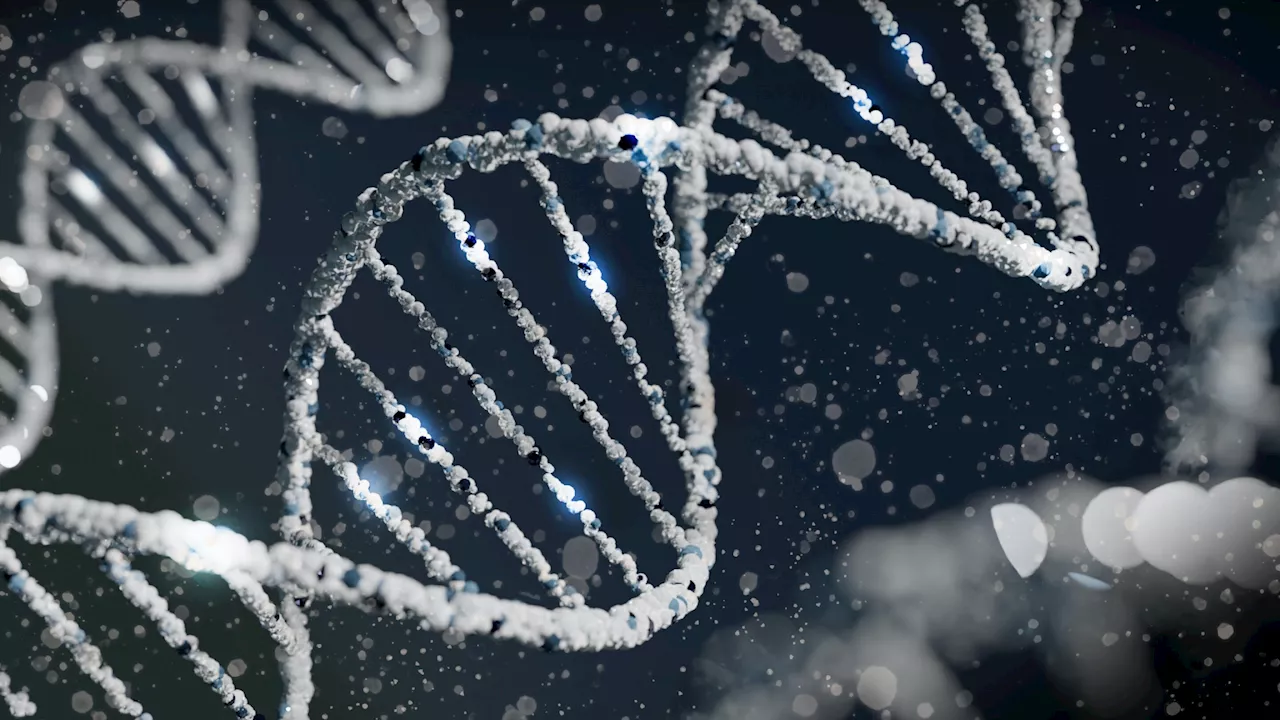The function of non-coding RNA in the cell has long been a mystery to researchers. Unlike coding RNA, non-coding RNA does not produce proteins -- yet it exists in large quantities.
A research team has now discovered an important function of antisense RNA : the researchers found that asRNA acts as a 'superhighway' in cell transport and thus accelerates gene expression.
Krebber's team discovered that asRNA combines with mRNA, which is then preferentially transported from the cell nucleus into the cytoplasm. This means that the cell translates the information from the mRNA into proteins faster than would be the case without asRNA. Therefore, asRNA serves as a"booster" for gene expression. This is necessary for the cell in many situations, for example when confronted with harmful environmental conditions or stress.
Ivo Coban, Jan-Philipp Lamping, Anna Greta Hirsch, Sarah Wasilewski, Orr Shomroni, Oliver Giesbrecht, Gabriela Salinas, Heike Krebber.The better we understand cellular processes such as RNA regulation, the better molecular therapies can be developed. Until now, it has been especially difficult to track the regulation of non-coding ...
Molecular Biology Biology Biochemistry Research Genetics Biotechnology Microbiology CRISPR Gene Editing
United States Latest News, United States Headlines
Similar News:You can also read news stories similar to this one that we have collected from other news sources.
 A railroad of cells | ScienceDailyLooking under the microscope, a group of cells slowly moves forward in a line, like a train on the tracks. The cells navigate through complex environments. A new approach now shows how they do this and how they interact with each other.
A railroad of cells | ScienceDailyLooking under the microscope, a group of cells slowly moves forward in a line, like a train on the tracks. The cells navigate through complex environments. A new approach now shows how they do this and how they interact with each other.
Read more »
 New technique capturing short-lived RNA molecules reveals how gene transcription is coordinated in cellsThe human genome contains about 23,000 genes, but only a fraction of those genes are turned on inside a cell at any given time. The complex network of regulatory elements that controls gene expression includes regions of the genome called enhancers, which are often located far from the genes that they regulate.
New technique capturing short-lived RNA molecules reveals how gene transcription is coordinated in cellsThe human genome contains about 23,000 genes, but only a fraction of those genes are turned on inside a cell at any given time. The complex network of regulatory elements that controls gene expression includes regions of the genome called enhancers, which are often located far from the genes that they regulate.
Read more »
 Brain waves shape the words we hear | ScienceDailyThe timing of our brain waves shapes which words we hear. Researchers used psychophysics, neuroimaging, and computational modeling to test whether neural timing influences perception of more or less frequent speech sounds and words. Neural timing is sensitive to the probability of words vs.
Brain waves shape the words we hear | ScienceDailyThe timing of our brain waves shapes which words we hear. Researchers used psychophysics, neuroimaging, and computational modeling to test whether neural timing influences perception of more or less frequent speech sounds and words. Neural timing is sensitive to the probability of words vs.
Read more »
 New light shed on circadian rhythms | ScienceDailyCircadian clocks, which drive circadian rhythms, are entwined with many essential systems in living things including plants, fungi, insects, and even humans. Because of this, disruptions to our circadian clocks are linked to higher disease rates in humans, including certain cancers and autoimmune diseases.
New light shed on circadian rhythms | ScienceDailyCircadian clocks, which drive circadian rhythms, are entwined with many essential systems in living things including plants, fungi, insects, and even humans. Because of this, disruptions to our circadian clocks are linked to higher disease rates in humans, including certain cancers and autoimmune diseases.
Read more »
 The embryo assembles itself | ScienceDailyBiological processes depend on puzzle pieces coming together and interacting. Under specific conditions, these interactions can create something new without external input. This is called self-organization, as seen in a school of fish or a flock of birds. Interestingly, the mammalian embryo develops similarly.
The embryo assembles itself | ScienceDailyBiological processes depend on puzzle pieces coming together and interacting. Under specific conditions, these interactions can create something new without external input. This is called self-organization, as seen in a school of fish or a flock of birds. Interestingly, the mammalian embryo develops similarly.
Read more »
 Fungus breaks down ocean plastic | ScienceDailyA fungus living in the sea can break down the plastic polyethylene, provided it has first been exposed to UV radiation from sunlight. Researchers expect that many more plastic degrading fungi are living in deeper parts of the ocean.
Fungus breaks down ocean plastic | ScienceDailyA fungus living in the sea can break down the plastic polyethylene, provided it has first been exposed to UV radiation from sunlight. Researchers expect that many more plastic degrading fungi are living in deeper parts of the ocean.
Read more »
